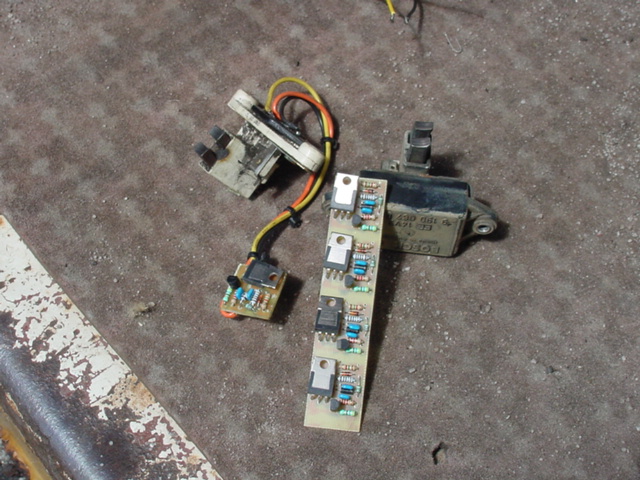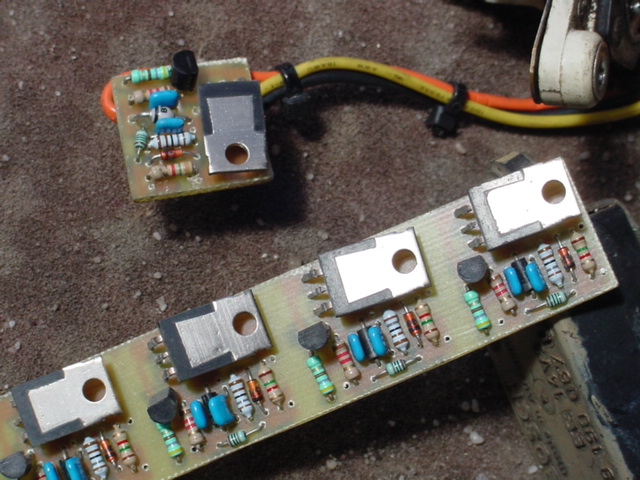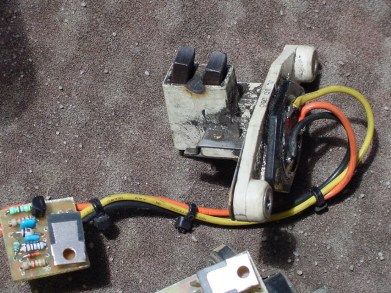If it were me, yep drill away... need a fraction undersize for the press fit.
It is easy, only aluminium.
I'm no angel, but I make things work, and where I live, thats worth everything.
Just make sure the aluminium heat sink is well supported very near the hole your about to press stuff out of or more important, into.
Lets face it, nothing to lose is there?.... so success or bust I say... tally-ho..... sally forth and so on.....
Worst that can happen is a new diode block.... which your looking at doing anyway.
..................oztules
Edit. And to your earlier question.... no solder heat does not worry the diodes in the least.... thats how most alternators hold their's. Only half a dozen alts were pressed in like yours that I have had to work on. I don't think even 450c would bother them. Heat gun is great to do the solder types... they are embedded in the stuff.
My regulator design... fits all and also old generators... just change zener for other voltages 12, 24 etc



Mostly they fit where the original one was, some not so, unless I try a bit harder.
Costs about a dollar I suppose. I don't charge for them.